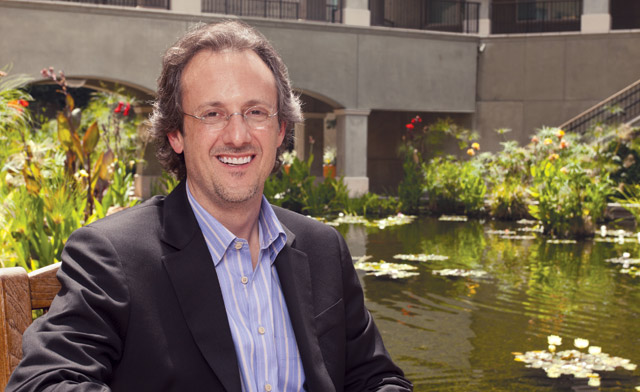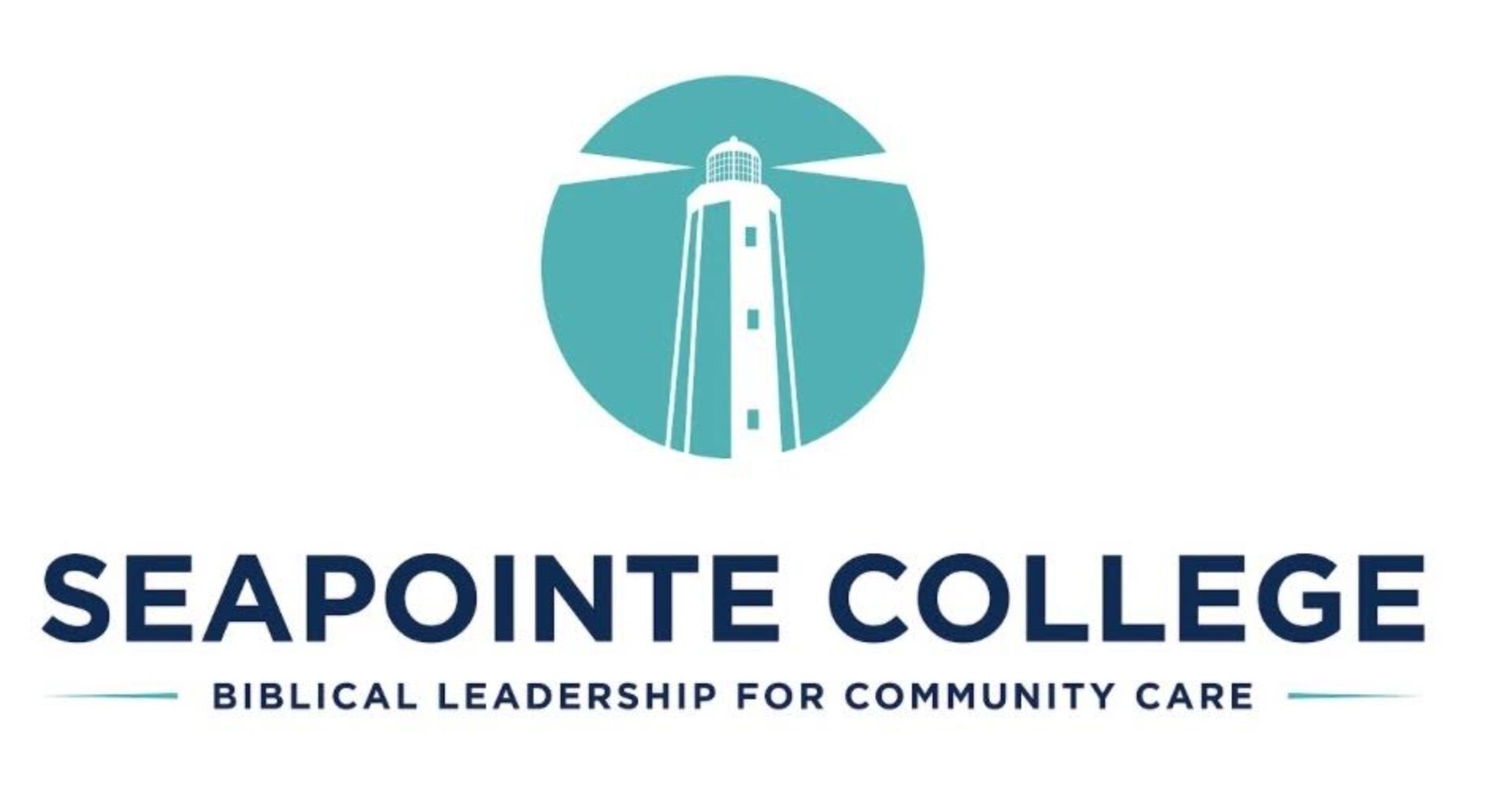
DreamWorks Animation proves that team work makes the dream work. The U.S. continues to experience residual effects of 2008’s economic crisis, but DreamWorks Animation thrives due to its employee retention strategy. DreamWorks Animation takes perks and employee benefits to another level, one that allows the company to retain employees and revenue. It is a strategy that makes them the prime model for exceptional management.
In Hollywood, as industry wide DVD sales declined, Sony Pictures Entertainment Inc., Paramount Pictures, and Warner Bros. Entertainment Inc. made employee cuts. DreamWorks Animation tried a difference strategy. They avoided layoffs at all costs. The promise to secure every employee’s job was kept in spite of stock fluctuations. DreamWorks’s stock relies on two to three theatrical releases a year.
DreamWorks has cultivated 27 animated feature films including Shrek and How to Train Your Dragon among many others. Named one of the “100 Best Companies to Work For” by Fortune Magazine for five consecutive years, DreamWorks Animation ranked #12 in 2013. This can be attributed to willingness to take risks. When employees make mistakes, the company shows support. Providing job security (as opposed to verbal and written warnings) pushes the boundaries of creativity, according to Dan Satterthwaite, head of human resources since 2007.
DreamWorks Animation ranks in Great Place To Work Institute’s top tier with its 97 percent retention rate. Great Place to Work Institute–a human resources consulting, research, and training firm–studies strengths of successful businesses and recreates models of organizational trust to replicate similar achievements in other companies. Establishing trust inspires high performance of employees and incites employers to allow for innovation. A sense of camaraderie results and increased productivity follows.
Kathy Altieri, a production designer at DreamWorks, gives her artists leverage to fail. She believes in giving little instruction, allowing the artists to instead reach for their best selves. Altieri says they rarely fail. On all levels, DreamWorks Animation staff works as team and consider the risk well worth it.
In addition to risk-taking, DreamWorks’s strategy is to foster spontaneous discussions, openly discuss mistakes, share successes, and nurture professional development. Satterthwaite reveres Chief Executive Officer Jeffrey Katzenberg, who engages 2,100 employees with daily emails updates of who he is meeting and the conversations he is having. The email creates a sense of transparency and evokes conversation as it engages thousands who spend a significant amount of their time in front of computers.
Unbridled communication and sense of transparency emboldens employees to pitch ideas for movie plots and technology alike. Encouraged to be their own CEOs, pitches are welcomed outside of meeting room. In fact, ideas can be explored while at one of the many facilities DreamWorks offers their employees.
The DreamWorks campus offers employees amenities such as yoga, kickboxing, and movie screenings. As a part of its main campus, the company provides additional perks such as a doctor’s office and cafeteria serving breakfast, lunch, and dinner at no cost; that is when employees are not seeking snacks from one of the fully stocked kitchens located on every floor of the building.
Many companies struggle to incite their employees to participate in extracurricular activities on their behalf. However, DreamWorks employees team up for countless efforts such as Elizabeth Glaser Pediatric AIDS Triathlon, AIDS Project LA Walk, and Salvation Army’s Project Angel Tree.
DreamWorks Animation’s risk-taking and trust-cultivating strategies make the company the ideal model to follow. Upcoming projects include The Penguins of Madagascar, which is scheduled to premiere November. 26, 2014, along with 2015’s Home, B.O.O.: Bureau of Otherworldly Operations, and Kung Fu Panda 3. Expect more to come as long as the team works at DreamWorks Animation.
By Charice Long
Sources:
Workforce
Great Place to Work
Society for Human Resource Management


